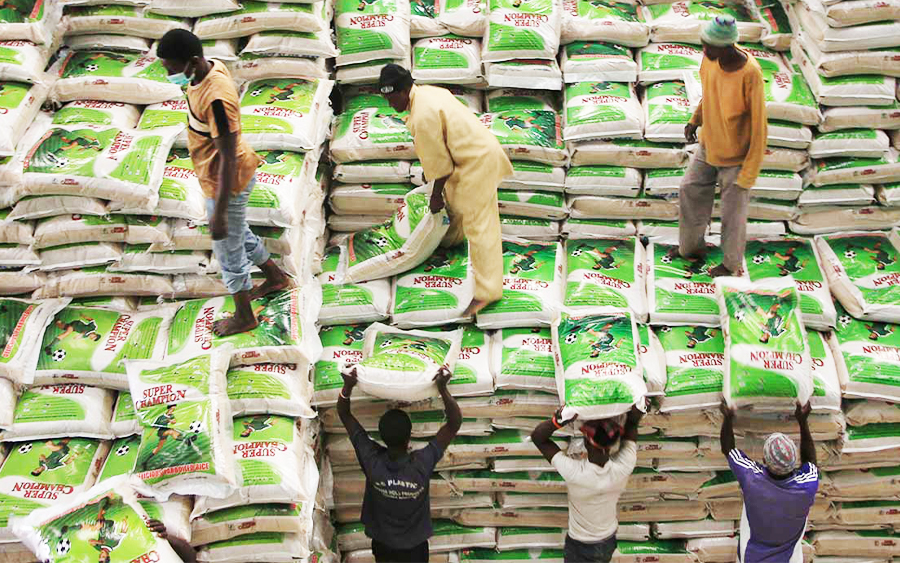Nigeria’s rice production volume for 2020 is put at 8 million tonnes – with 2.5 million tonnes expected from Kebbi state. However, that expectation suffered a huge setback with over 2 million tonnes of rice washed away by floods among other factors.
According to the KPMG Rice Industry Review, rice is the third most consumed staple food in Nigeria (after maize and cassava). With the festive season fast approaching, the demand for rice is expected to increase.
Backstory: Nairametrics earlier reported that the recent floods in rice-producing Kebbi State had destroyed over 25% of Nigeria’s expected 8 million tons of rice harvests this year. The Kebbi State Commissioner for Agriculture, Attahiru Maccido, disclosed to newsmen that it had lost N1 billion worth of rice and other commodities in the state.
READ: Minister of Petroleum explains reasons for subsidy removal
It also reported that the Pipeline and Product Marketing Company (PPMC), Ibadan depot issued an internal memo on September 2, 2020, notifying all stakeholders of an increase in the pump price of petrol to N151.56 per litre.
What to expect
Senior Research Analyst, Financial Derivatives Company, Temitope Olugbile explained that scarcity of rice is expected, as 450,000 hectares of rice – 2 million tonnes, were washed away in Kebbi state out of the expected 2.5 million tonnes this year. This will lead to a high demand for the scarce commodity, resulting in a price increase.
The new pump price of petrol, which led to increase in the cost of transporting farm produce to the market will inevitably cause a price surge for rice.
READ: How State Governments will become richer without FAAC allocation
Journey to rice sufficiency
Nigeria’s journey to rice sufficiency has been full of ups and downs, especially with the tough decision of border closure to curb smuggling and boost local production. According to data from Index Mundi, Nigeria had a production volume of over 5 million tonnes of milled rice last year.
The current gains in rice production are evident, as volume increased by 11.06% in 2019. However, it is noteworthy that the country is still far from being self-sufficient in rice production.
Way forward
She emphasized that the policies and programs which the government has implemented from forex restrictions to border closure and the Anchor Borrowers Program, which provides farm inputs to farmers, are all impressive.
However, these policies, as a stand-alone without adequate infrastructures, are not sufficient to combat exogenous factors like flood, which is beyond the control of the government and the rice farmers.
She called for proper irrigation and drainage infrastructure, as this would help to cushion the effects of water-logging in farms.













.gif)






